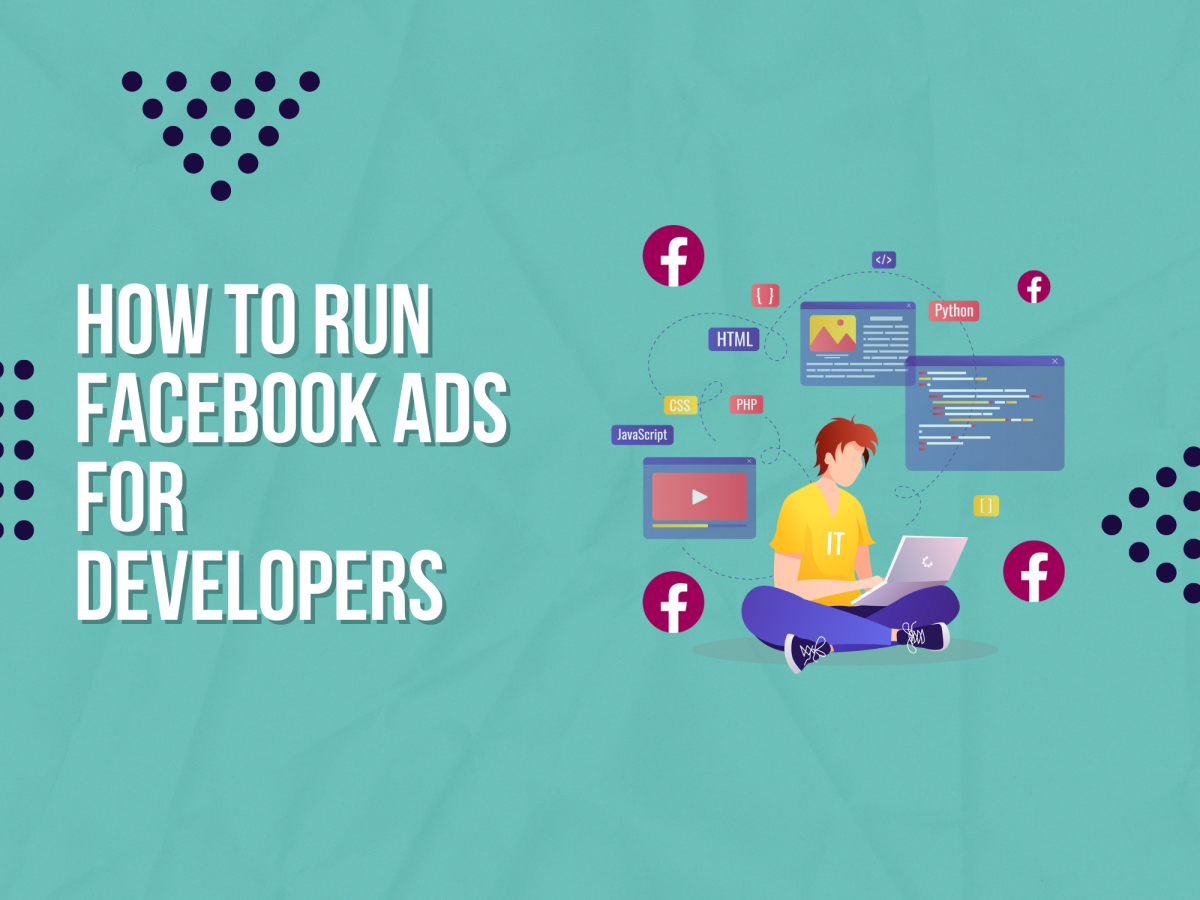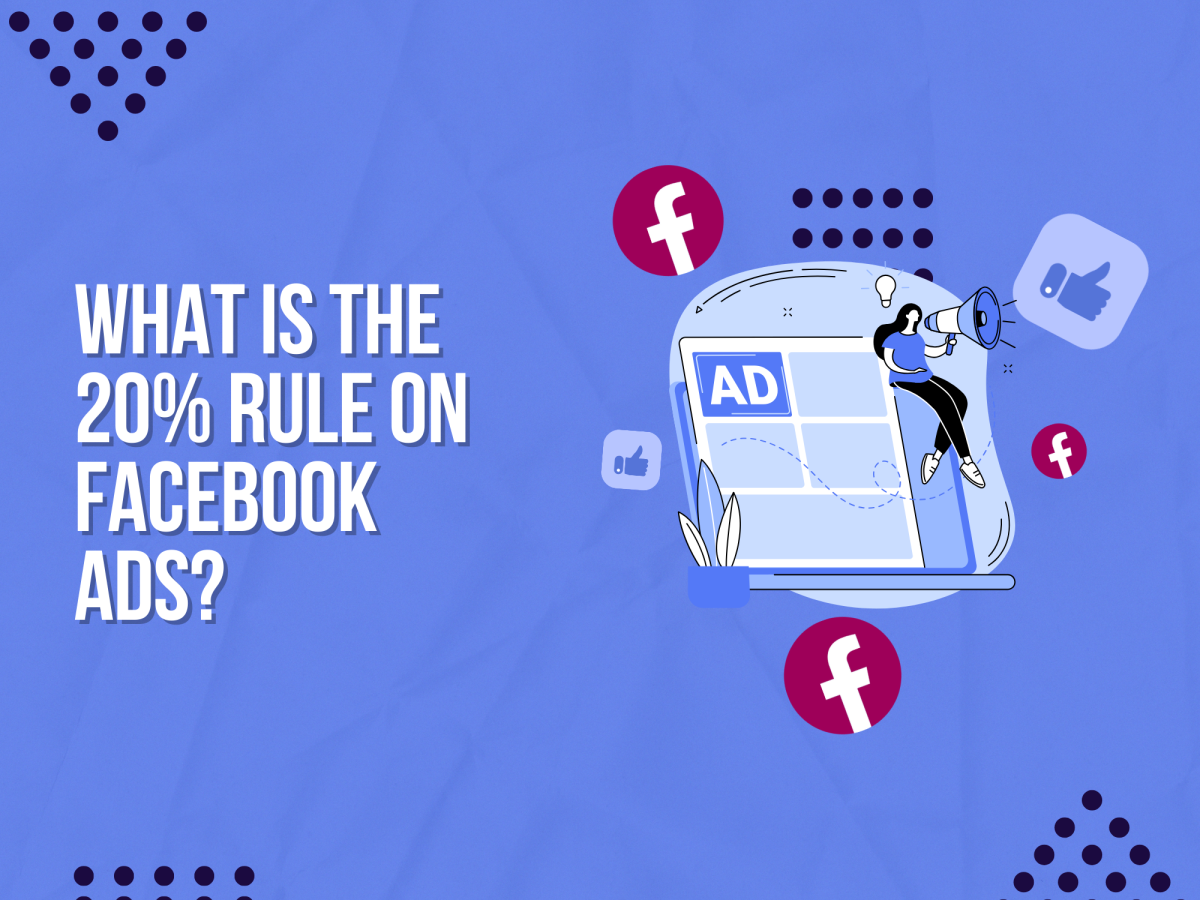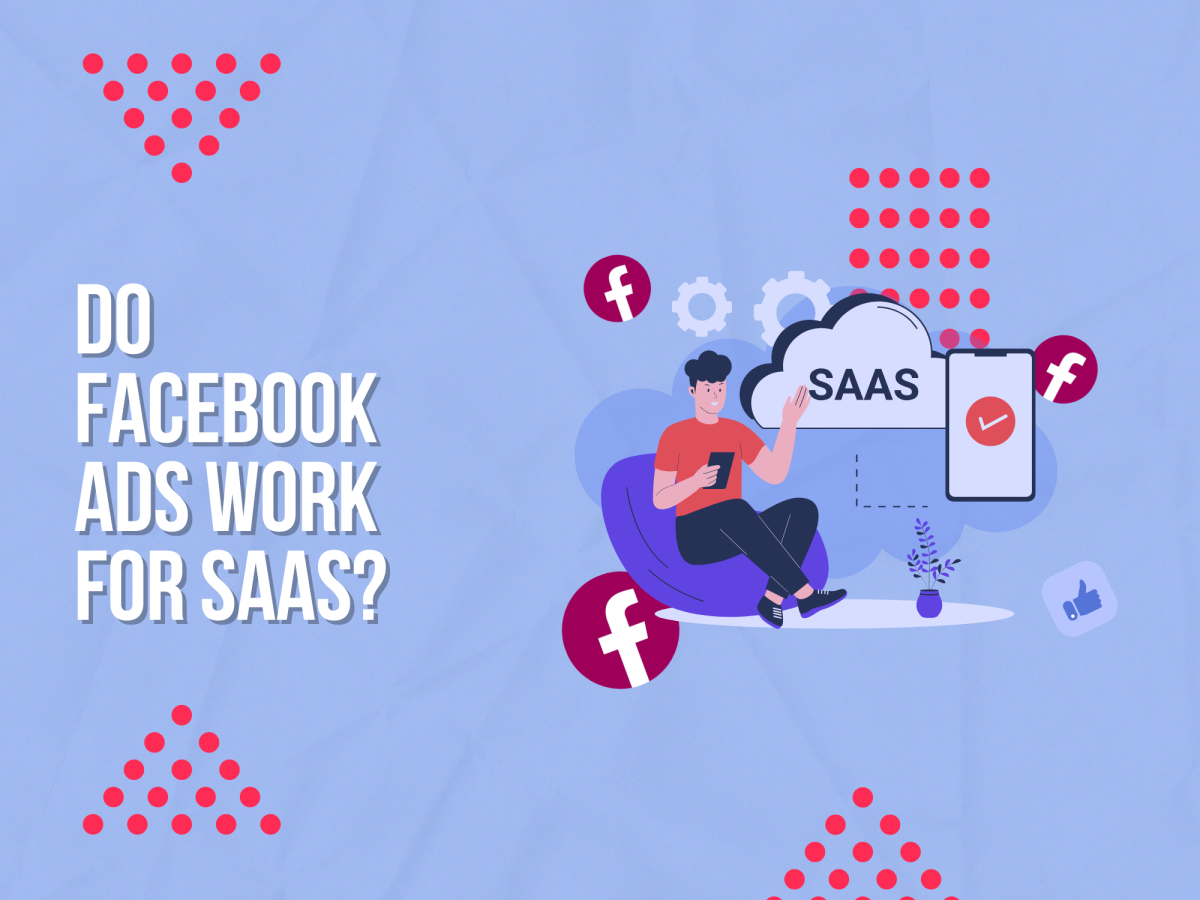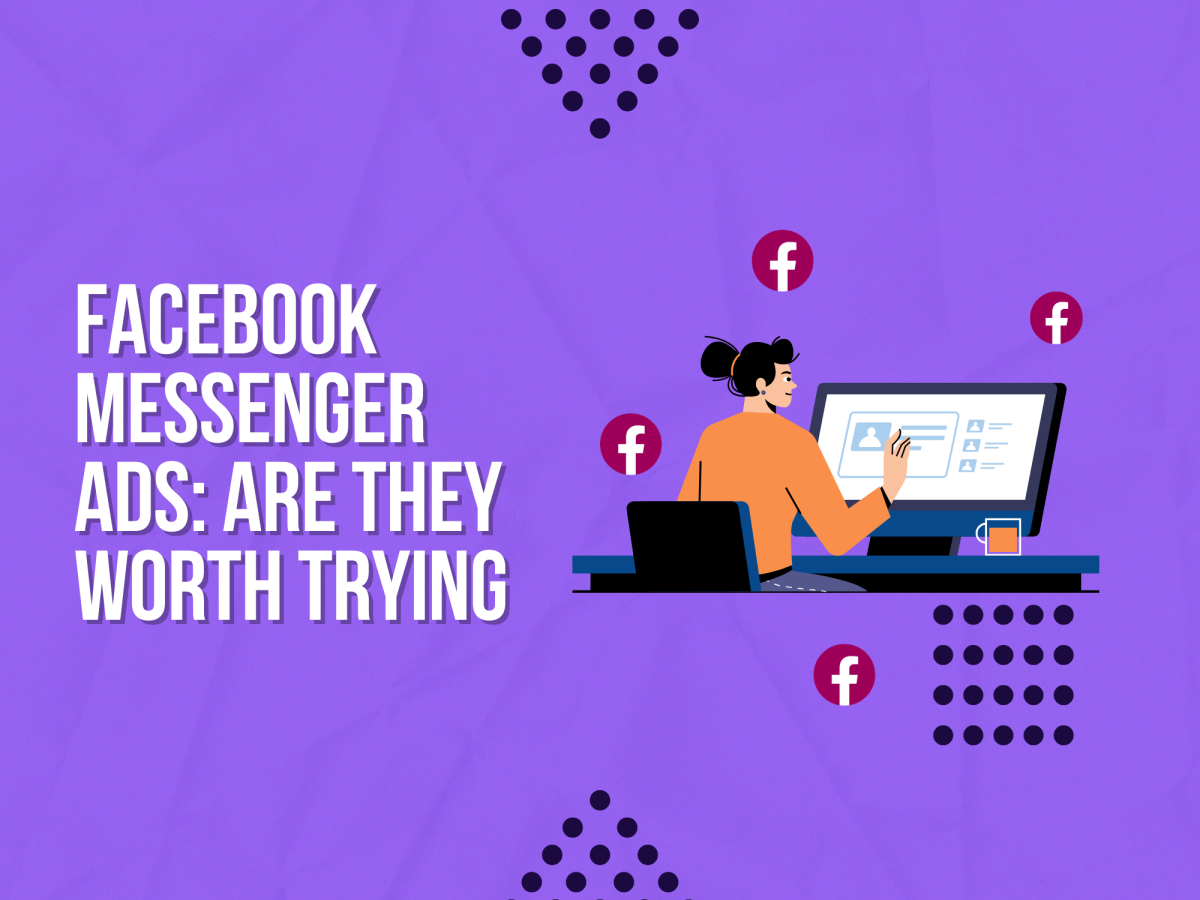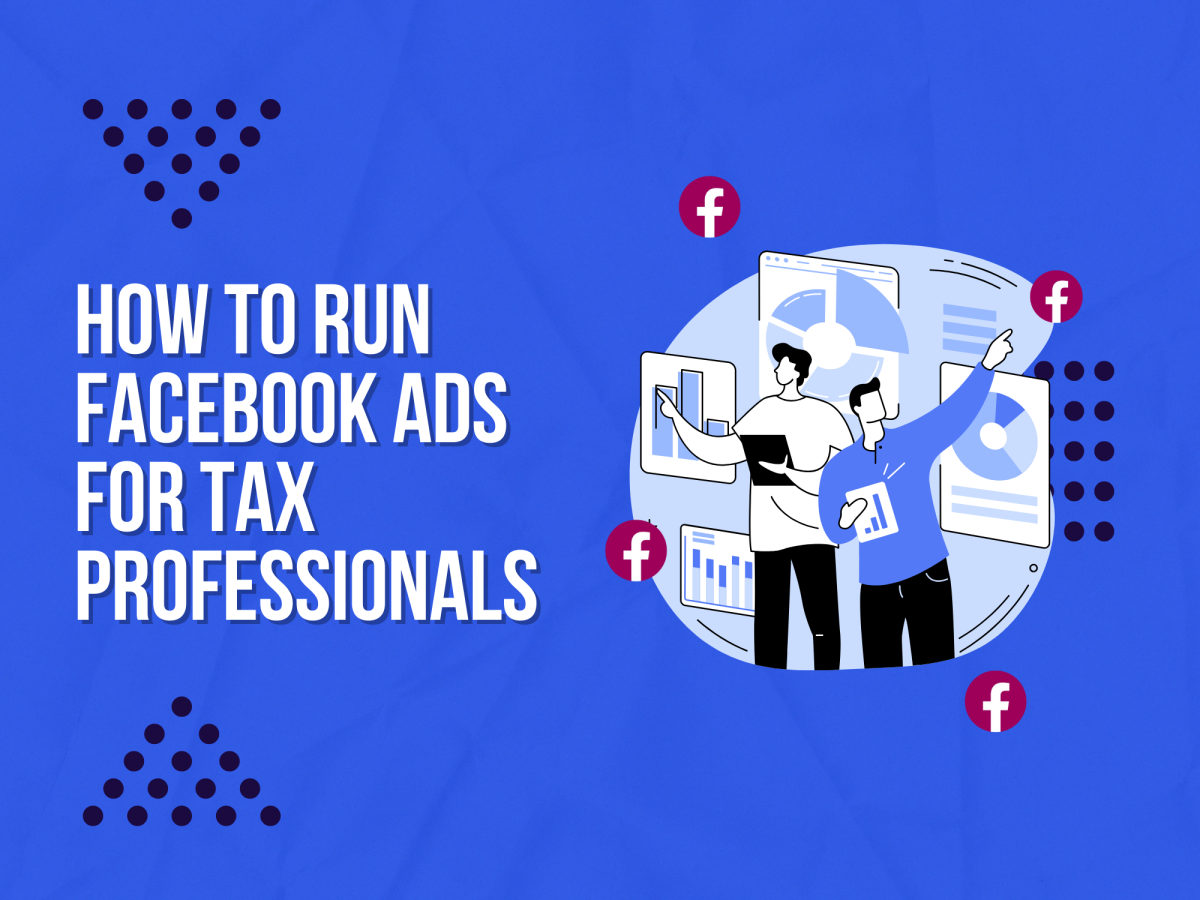Have you ever wondered why some Facebook ad campaigns perform better than others? It’s not just about having the right ad creative or targeting.
There’s a powerful feature that can take your campaigns to the next level: Campaign Budget Optimization (CBO).
CBO is like having a smart assistant that automatically manages your ad spend to get the best results.
So, instead of setting budgets at the ad set level, you let Facebook’s algorithms decide how to allocate your budget across ad sets to maximize performance.

Boost E-Commerce ROI: Download Our Free CPA & ROAS Calculator
Sounds cool, right? But how exactly does CBO work? And how can you use it to achieve your advertising goals?
Keep reading to find out everything you need to know about CBO in Facebook Ads.

What is Campaign Budget Optimization (CBO)?
CBO is a Facebook Ads feature that automatically manages your campaign budget across ad sets to get the most results at the lowest cost. With CBO, you set a total campaign budget and Facebook distributes it in real-time to the ad sets with the best opportunities for results.
Here’s how it works: Facebook’s algorithms look at your campaign objective, bid strategy, audience targeting, and other factors to determine which ad sets have the highest potential for delivering results. It then dynamically shifts budget from low-performing ad sets to high-performing ones throughout the day to maximize campaign performance.
CBO vs. Ad Set Budgets: What’s the difference?
Before CBO, advertisers had to set budgets at the ad set level. This meant manually allocating a specific amount to each ad set and constantly monitoring performance to make adjustments.
With CBO, you set one central campaign budget that covers all ad sets. Facebook then automatically and continuously distributes that budget in real-time to get the cheapest overall average cost per optimization event.
Pros and Cons of Using CBO
Like any tool, CBO has its advantages and limitations. Here are some pros and cons to consider:
Pros:
• Simplifies campaign management by automating budget allocation
• Can lower costs and improve results by optimizing for best-performing ad sets
• Helps control costs by working towards a central campaign budget rather than individual ad set spend limits
• Works well for campaigns with multiple ad sets targeting different audiences
Cons:
• Requires a minimum campaign budget to work effectively (typically 2-3X your normal CPA)
• Can be less effective for small budgets or ad sets with vastly different costs per result
• May allocate less budget to lower-cost ad sets that could still generate valuable results
• Provides less control for advertisers who want to manually manage budget at the ad set level
When to Use CBO (and When Not To)
CBO can be a powerful optimization tool, but it’s not always the right choice for every campaign. Here are some situations when CBO tends to work well:
• Testing multiple ad sets or audiences and wanting Facebook to automatically shift budget to the winners
• Aiming to maximize campaign results while controlling total spend
• Running always-on campaigns with uncapped budgets
• Using bid strategies like lowest cost or cost cap
On the flip side, CBO may be less effective in these scenarios:
• Very small budgets that limit Facebook’s ability to shift spend
• Ad sets with widely different costs per optimization event
• Advertisers who prefer tight control over individual ad set spend
• Campaigns optimizing for upper-funnel events like reach or impressions vs lower-funnel conversions
Tips for Using CBO Effectively
If you decide to test out CBO, here are some best practices to set your campaigns up for success:
1. Use a sufficient budget: CBO needs a big enough budget to effectively shift spend between ad sets. Aim for at least 2-3X your normal cost per optimization event.
2. Let it run: CBO works best when you give it time to explore the whole reporting window, typically 3-7 days. Avoid making frequent tweaks that can disrupt the algorithm.
3. Use realistic cost controls: Setting a very low cost cap can restrict CBO from finding the cheapest opportunities. Start with a high cap and lower it slowly if needed.
4. Group similar audiences: CBO works best for ad sets with similar costs per result. Try to avoid mixing vastly different audience segments in the same CBO campaign.
5. Keep an eye on frequency: Since CBO will favor the cheapest ad sets, it may oversaturate high-performing audiences. Use frequency caps if seeing a lot of repeat impressions.
Getting Started with CBO
Ready to give CBO a try? Setting it up is easy. When creating a new campaign, just select the “Campaign Budget Optimization” option at the campaign level.
From there, enter your total campaign budget and other settings as usual. You’ll still create your ad sets and ads, but you won’t set individual budgets for each ad set.
Once your campaign is live, keep an eye on performance at the campaign and ad set level. You may see CBO allocating more budget to certain ad sets over others.
Don’t panic if an ad set is getting little or no spend at first. CBO needs time to explore various ad sets before exploiting the winners. Trust the process and let it run for at least a few days before making big adjustments.
Advanced CBO Techniques
As you get more comfortable with CBO, you can test out some advanced techniques:
• Campaign bid strategies: Instead of using the default lowest cost bid strategy, try cost cap or bid cap to gain more control over your costs per optimization event. Just be careful not to set the cap too low.
• Ad set spend limits: If you want to ensure a minimum or maximum spend for a particular ad set, you can still set ad set spend limits with CBO. Just keep in mind this reduces CBO’s optimization flexibility.
• Dynamic creative: Pair CBO with dynamic creative to let Facebook automatically optimize your ad creative as well as your budget. This essentially automates your A/B testing process.
• Automatic placements: CBO works especially well with automatic placements, which allows Facebook to serve your ads across its full ecosystem based on performance. More placements means more opportunities for optimization.
Analyzing CBO Results
When analyzing a CBO campaign, focus mainly on the campaign-level results, since that’s where your total budget and optimization goal is set. Ad set performance can fluctuate frequently as CBO explores and exploits opportunities.
Keep in mind that the ad set getting the most spend isn’t necessarily the only one providing value. CBO aims to maximize total campaign results, which may include contributing spend to secondary or lower-performing ad sets.
Over time, you may see some ad sets getting consistently high spend. This indicates the audiences you should prioritize in future campaigns. But don’t ignore ad sets with minimal spend, as they may offer high-quality results at a low cost.
Is CBO Right for You?
So is CBO a smart choice for your Facebook Ads campaigns? As with most things in marketing, it depends.
If you want to maximize results while controlling spend and simplifying optimization, CBO is definitely worth testing. It tends to work well for medium-to-large budgets and campaigns that aim to find the most efficient opportunities in real-time.
However, if you’re working with very small budgets or want precise control over individual ad set spend, you may prefer to manually set ad set budgets.
Ultimately, the best way to know if CBO works for your accounts is to test it. Start with a few CBO campaigns and analyze performance against your KPIs.
Keep in mind that CBO is one of many optimization tools in the Facebook Ads arsenal, not a magic bullet. Use it strategically along with audience targeting, creative testing, and measurement to continually learn and improve your advertising approach.
Now that you know the basics of CBO in Facebook Ads, why not give it a shot? With a little patience and testing, CBO can help you get more bang for your buck and achieve your advertising goals. Good luck!

